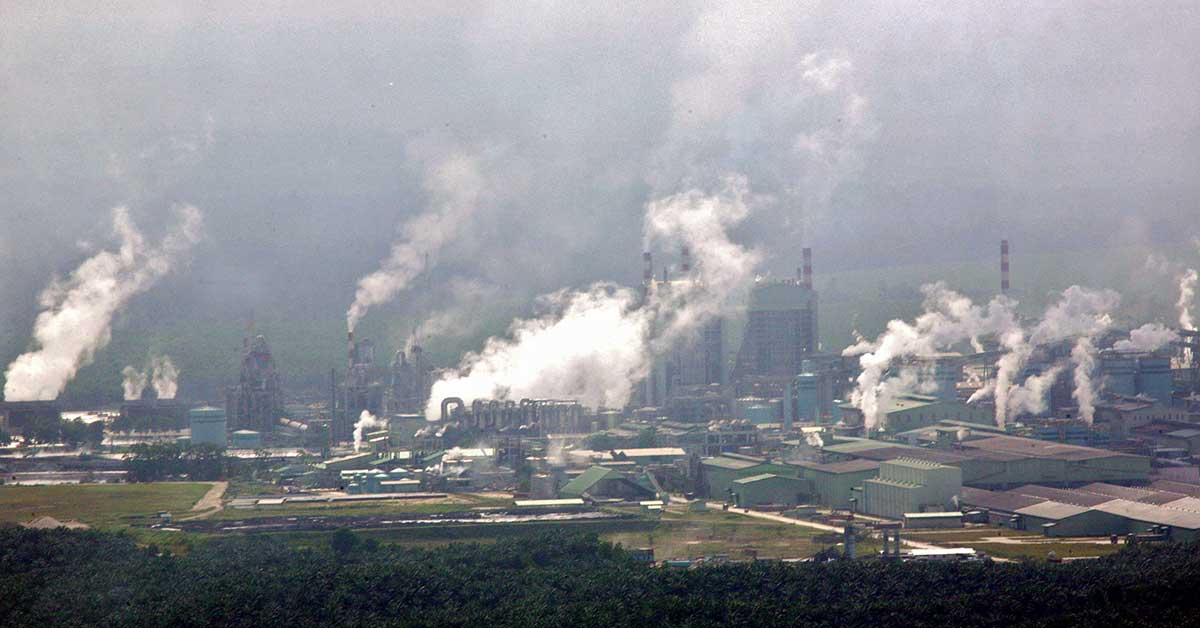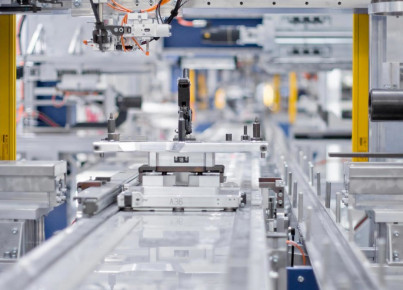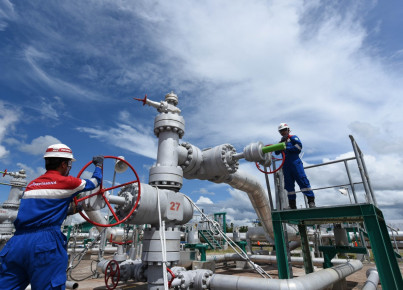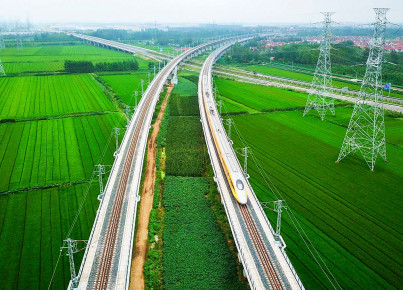Green infrastructure development can drive the post-pandemic economic recovery. But huge funding is needed.
ASEAN needs new green infrastructures. Not only to improve the ecological approach of the region, but also to improve connectivity, reduce poverty and increase development. From this point of view, infrastructures are the backbone of the economic growth of each country, but the environmental costs are not low. That is the reason why the Asian Development Bank has estimated that Southeast Asia will need at least 210 billion dollars a year, for the period 2016-2030, to support the costs of green infrastructures.
If in the pre-Covid-19 era investments in that area were far below the necessary levels to get close to a significant ecological-environmental change, the global pandemic caused an economic contraction in the region of 4%, further reducing the infrastructure investments. In contrast, however, it has become even more urgent for ASEAN to engage in this direction, to build a more resilient economy in the medium and long term.
The Asian Development Bank has proposed itself as a platform for dialogue between the countries of Southeast Asia to understand how to mitigate the negative effects of the pandemic, balancing economic growth with the protection of natural capital. How? Making the most of government funds, encouraging private financing and protecting natural resources. In order to do this, national governments can rely on various strategies: imposing a price on environmental externalities, subsidizing products and services with a low environmental impact, financing technological innovation and encouraging virtuous individual behavior.
However, all this is not enough. For an effective green recovery, the actions of governments of the ASEAN bloc must convey a structural change in ecological and energy policies, increasingly integrating green objectives into government policies. In the report prepared by Bain & Company, Microsoft and Temasek, “The Green Economy of Southeast Asia: Opportunities on the road to net zero”, it is highlighted that about 40% of infrastructure investments in Asia will have to come from the private sector. It is then necessary to continue with a series of targeted interventions concerning sustainable agriculture, green urban development and transport models, the transition to clean energy, the circular economy and the protection of the oceans and marine biodiversity. Finally, governments will have to rely on sustainable sources of finance, introducing green taxes such as the Carbon Tax and removing fossil fuel subsidies.
The will for a green recovery is also visible in the regional strategies. The ASEAN Comprehensive Recovery Framework emphasizes environmental sustainability as a key component of the region's post-pandemic economic recovery process.
It will not be an immediate change, much less easy, also because it will require the allocation of huge amounts of resources. It is estimated, however, that in this way over 30 million new jobs will be created, stimulating a virtuous circle that could bring positive results in the long term.






